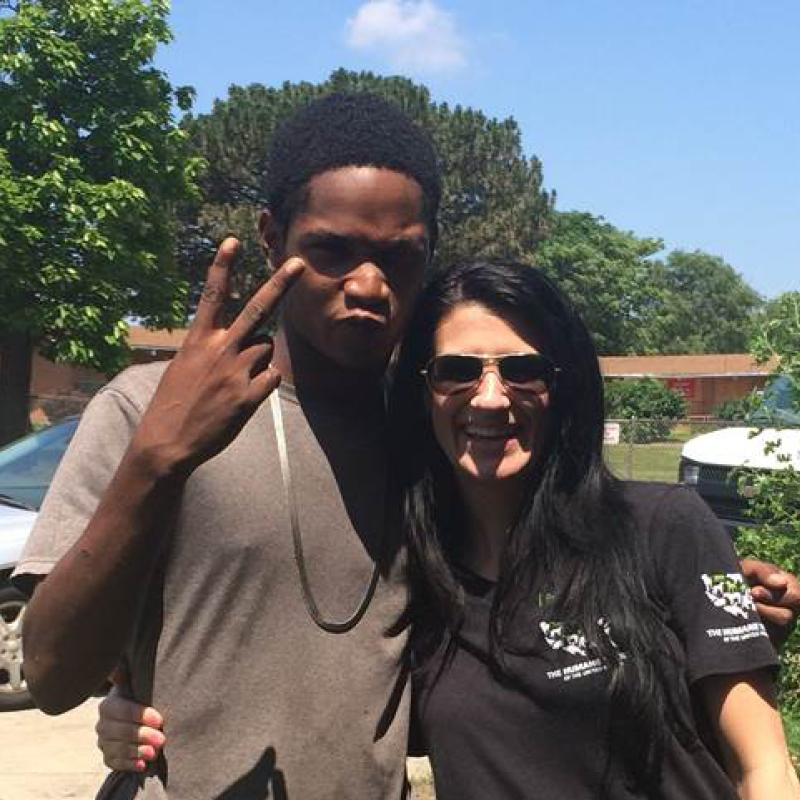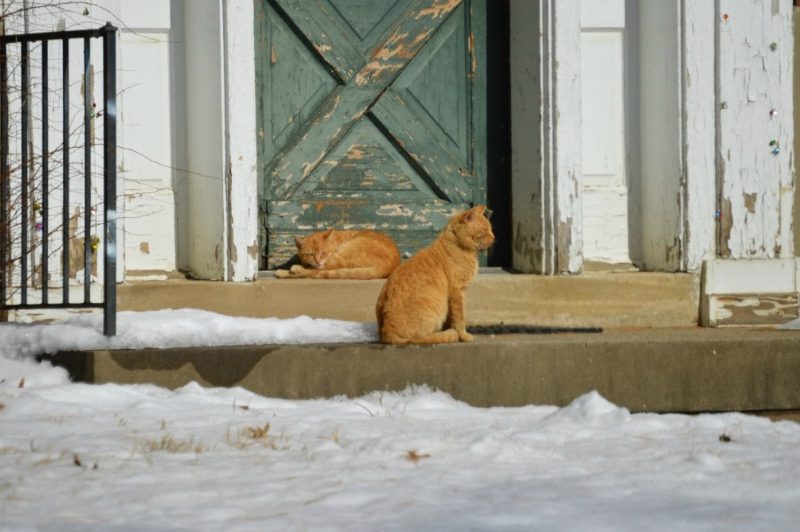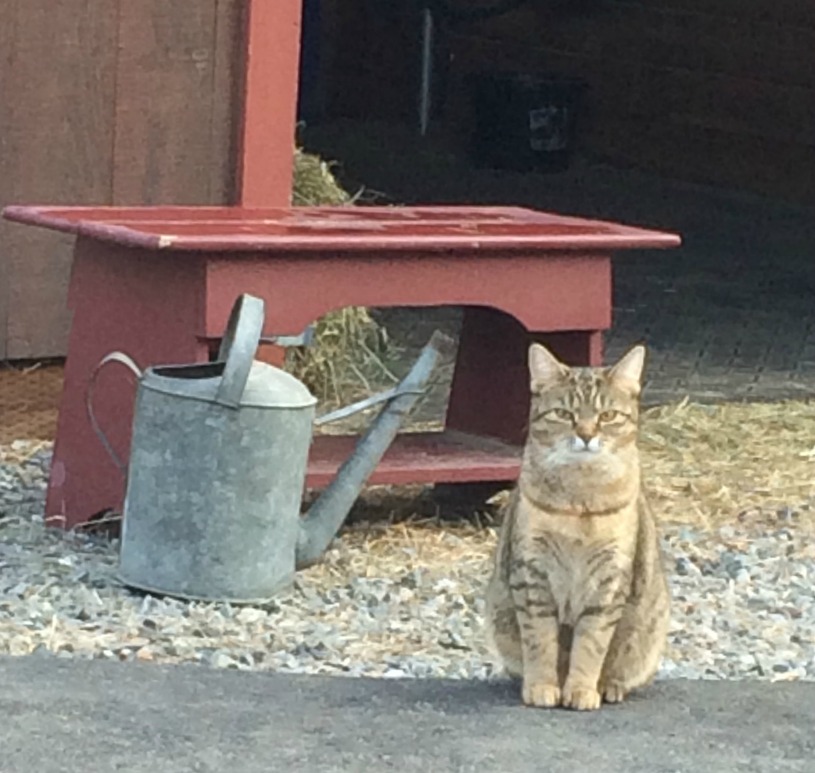
Interview! Cheryl Ann Fernandes, Regional Shelter Care Representative, PetLink
September 17, 2016
Interview! Amanda Arrington, Director, Pets for Life Program at The Humane Society of the United States
September 20, 2016
What is a managed colony? Why is it important to manage colonies? It is just a quick fix!
Over the last five or so years our language has changed about Community Cats. We now call them “Community Cats” instead of feral cats, free-roaming cats and stray cats. Why the change and what does this all mean? I feel that the Community Cats movement is riding on the coattails of the high quality/high volume (HQHVSN) spay/neuter movement. However, this movement is focused on spay/neuter and spay/neuter only (although I’m not complaining!). The objective of these programs is to get as many cats spay/neutered as possible in a community.
The concept of “Return to Field” was created for municipal and large humane societies. The process of having dedicated and known caretakers and support and assistance for these colonies, though, may not be a priority for these groups. Along the same lines, reaching 100% sterilization in these colonies maybe not be a priority, either. Targeting may not be a priority (unless grant funds are given). Because of this, my concern is that if we don’t manage the needs of our community colonies, our successful battle against cat overpopulation will be lost. I have mentioned the importance of our tool kit and while far reaching spay/neuter is important, we still need to develop additional programs. Another solution would be to work with our community groups to ensure that our colonies are managed. Our goal should be zero abandoned cats in each colony as their size gets smaller!
Spay/Neuter Clinics
In the early 2000’s, HQHVSN began in earnest with the franchising of the Humane Alliance model of spay/neuter clinics. Humane Alliance is now a program of the American Society for the Prevention of Cruelty to Animals(ASPCA). PetSmart Charities, ASPCA and others, provided much of the funding to Humane Alliance, along to other modeled groups to help them start their programs. Because of this, fund spay/neuter and become a successful business model. I do believe this is was a transformative moment toward the battle against cat overpopulation and was an exciting change!

In the mid 2000’s, we started looking at shelter statistics as a way of measuring our success. Implementing spay/neuter programs within shelters made sense when this began. Soon, having a HVHQSN program within a shelter was a no-brainer and having a Return to Field (when community cats are brought into a municipal shelter or humane society,spayed/neutered and returned back to where they came from) program also made a lot of business sense. As an example, when your intakes go down, you have capacity that you need to fill. By sterilizing community cats within your clinic at the shelter, your capacity is able to stay up for at least several more years!
What’s Next?
Currently in many communities, the easy cats have been sterilized. Now, however, the focus needs to be to work with the cats that haven’t been done. There may be “spay/neuter deserts” (communities with little or no veterinary services available) or colonies where only 50% of the cats have been done. Why would this occur? Because nobody is certain who takes care of these cats on a regular basis. THIS is where you need the community involved and where a managed colony needs to begin! They need to be “on-the-ground” developing life-long relationships and habit-forming behavior of feral cat colony management. Is it important to know this information? If you are part of the community, yes. If you are a spay/neuter clinic, no.
I am eagerly looking forward to the development of catstats.org (being created by Neighborhood Cats), which may be able to help us, all around the world, better manage the needs of our community cats. I hope this tool will be added to everyone’s tool kit and it will help us efficiently manage the care of the cats in our colonies.
Unfortunately, for Community Cats, it isn’t a quick fix.




